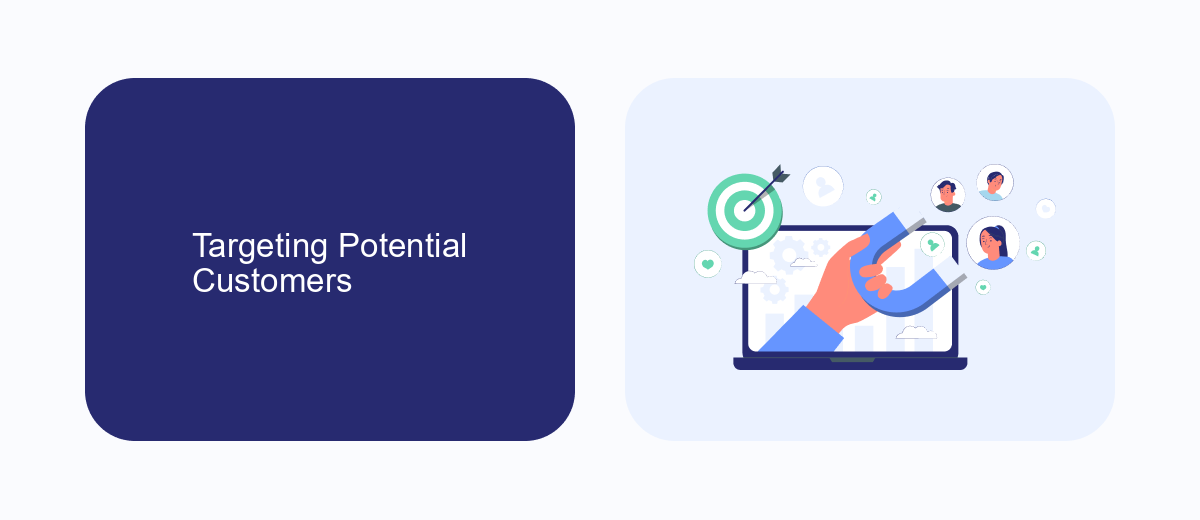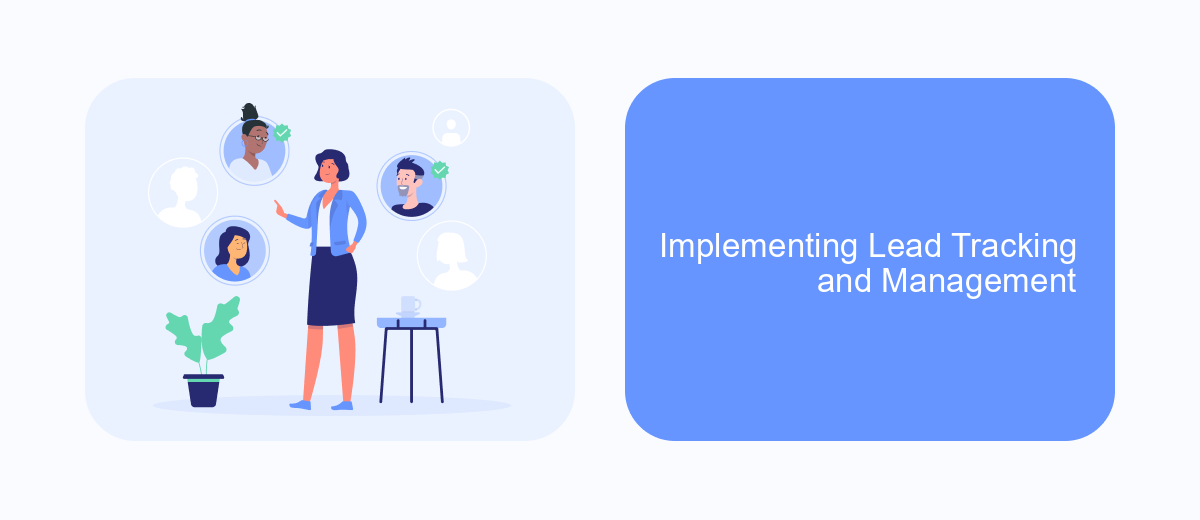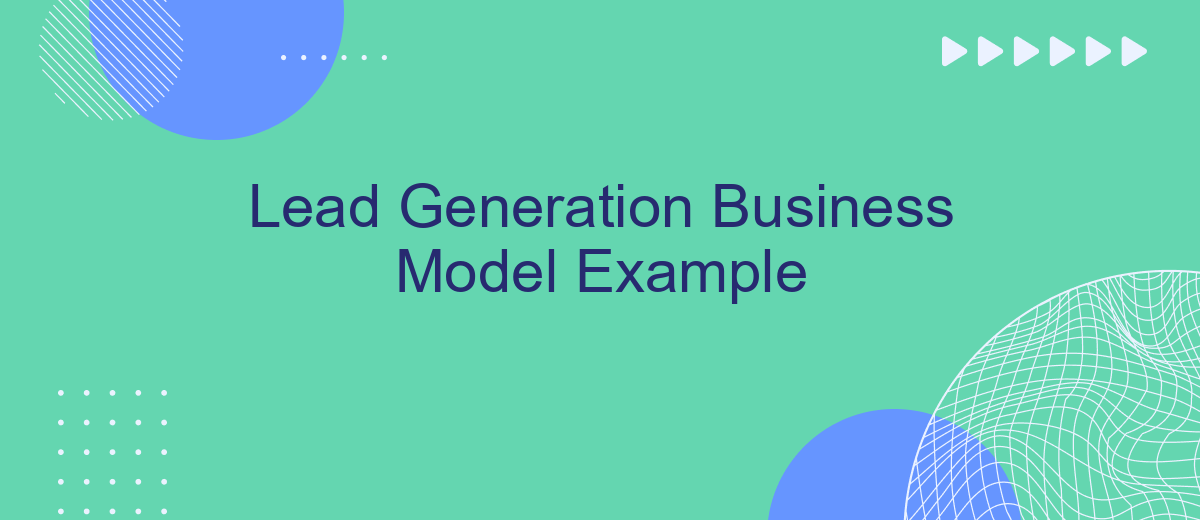In today's competitive market, generating high-quality leads is crucial for business success. The lead generation business model focuses on attracting and converting potential customers through strategic marketing efforts. This article explores a practical example of a lead generation business model, highlighting key strategies and techniques that can help businesses grow their customer base and increase revenue.
Lead Generation Business Model Example
Lead generation is a critical component for businesses aiming to expand their customer base and increase sales. A successful lead generation business model involves identifying potential customers, capturing their interest, and nurturing them until they are ready to make a purchase. The process typically includes several key steps to ensure efficient and effective lead management.
- Identify Target Audience: Research and define the ideal customer profile.
- Attract Leads: Use marketing strategies such as content marketing, social media, and PPC campaigns to attract potential customers.
- Capture Leads: Implement forms, landing pages, and call-to-actions to collect contact information.
- Nurture Leads: Use email marketing, personalized content, and automated workflows to engage and build relationships with leads.
- Convert Leads: Employ sales tactics and offers to convert leads into paying customers.
Integrating various tools and platforms can streamline the lead generation process. Services like SaveMyLeads can automate the integration of lead data from multiple sources into your CRM system, ensuring that no potential customer falls through the cracks. By leveraging such tools, businesses can enhance their lead management efficiency and focus more on converting leads into loyal customers.
Targeting Potential Customers

Identifying and targeting potential customers is crucial for the success of any lead generation business model. The first step involves understanding your ideal customer profile by analyzing demographic, geographic, and behavioral data. This helps in creating a detailed customer persona, which can guide marketing strategies and outreach efforts. Utilizing tools like Google Analytics and social media insights can provide valuable data to refine your target audience and ensure your marketing campaigns are directed at those most likely to convert.
Once you have a clear understanding of your target audience, leveraging automation tools can streamline the process of reaching potential customers. Services like SaveMyLeads can be particularly useful, as they allow for seamless integration with various platforms, enabling you to automate lead capture and follow-up processes. By setting up automated workflows, you can ensure timely and personalized communication with potential customers, increasing the chances of conversion and improving overall efficiency in your lead generation efforts.
Establishing Lead Nurturing Processes

Establishing effective lead nurturing processes is crucial for converting prospects into loyal customers. It involves consistent communication and delivering relevant content to guide leads through the sales funnel. To streamline this process, businesses can leverage automation tools and integration services.
- Segment your leads based on their behavior, interests, and demographics.
- Develop targeted content that addresses the specific needs of each segment.
- Set up automated email campaigns to deliver this content at optimal times.
- Utilize CRM systems to track lead interactions and adjust strategies accordingly.
- Integrate tools like SaveMyLeads to automate data transfer and ensure seamless communication between your marketing and sales platforms.
By implementing these steps, businesses can create a more personalized and efficient lead nurturing process. This not only increases the chances of conversion but also builds stronger relationships with potential customers. Utilizing services like SaveMyLeads can significantly enhance the efficiency of these processes, ensuring that no lead falls through the cracks.
Implementing Lead Tracking and Management

Implementing effective lead tracking and management is crucial for the success of any lead generation business model. It involves capturing, organizing, and nurturing leads to convert them into loyal customers. The first step is to establish a robust lead tracking system that can monitor the journey of each lead from the initial point of contact to conversion.
One of the essential tools for this process is a Customer Relationship Management (CRM) system. A CRM helps in storing and managing lead information, tracking interactions, and automating follow-up processes. Integrating your CRM with other tools and platforms can further streamline lead management. For instance, using services like SaveMyLeads, you can automate the transfer of lead data from various sources directly into your CRM, saving time and reducing manual errors.
- Capture leads from multiple channels such as social media, email, and website forms.
- Use a CRM to store and organize lead information efficiently.
- Automate lead data transfer with integration services like SaveMyLeads.
- Implement lead scoring to prioritize high-potential leads.
- Set up automated follow-up sequences to nurture leads effectively.
By leveraging these tools and strategies, businesses can ensure that no lead falls through the cracks and that each potential customer receives timely and personalized communication. This structured approach not only enhances lead conversion rates but also builds stronger customer relationships in the long run.
- Automate the work with leads from the Facebook advertising account
- Empower with integrations and instant transfer of leads
- Don't spend money on developers or integrators
- Save time by automating routine tasks
Closing Sales and Measuring Success
Closing sales is a critical phase in the lead generation business model, where potential leads are converted into paying customers. This involves nurturing leads through personalized follow-ups, addressing their concerns, and providing compelling offers that meet their needs. Utilizing Customer Relationship Management (CRM) systems can streamline this process by tracking interactions and automating follow-up tasks, ensuring no lead falls through the cracks. Effective communication and a clear value proposition are essential to persuade leads to make a purchase.
Measuring success in lead generation requires analyzing various metrics to understand the effectiveness of your strategies. Key performance indicators (KPIs) such as conversion rates, customer acquisition cost, and return on investment (ROI) provide insights into what is working and what needs improvement. Integrating tools like SaveMyLeads can enhance your ability to track and manage these metrics by automating data collection from multiple sources, ensuring accurate and real-time reporting. Regularly reviewing these metrics helps in refining your approach, ultimately leading to higher sales and better business outcomes.
FAQ
What is a lead generation business model?
How do you generate leads for a business?
What are the key metrics to track in lead generation?
How can automation help in lead generation?
What is the importance of lead nurturing in the lead generation process?
Are you using Facebook Lead Ads? Then you will surely appreciate our service. The SaveMyLeads online connector is a simple and affordable tool that anyone can use to set up integrations for Facebook. Please note that you do not need to code or learn special technologies. Just register on our website and create the necessary integration through the web interface. Connect your advertising account with various services and applications. Integrations are configured in just 5-10 minutes, and in the long run they will save you an impressive amount of time.

